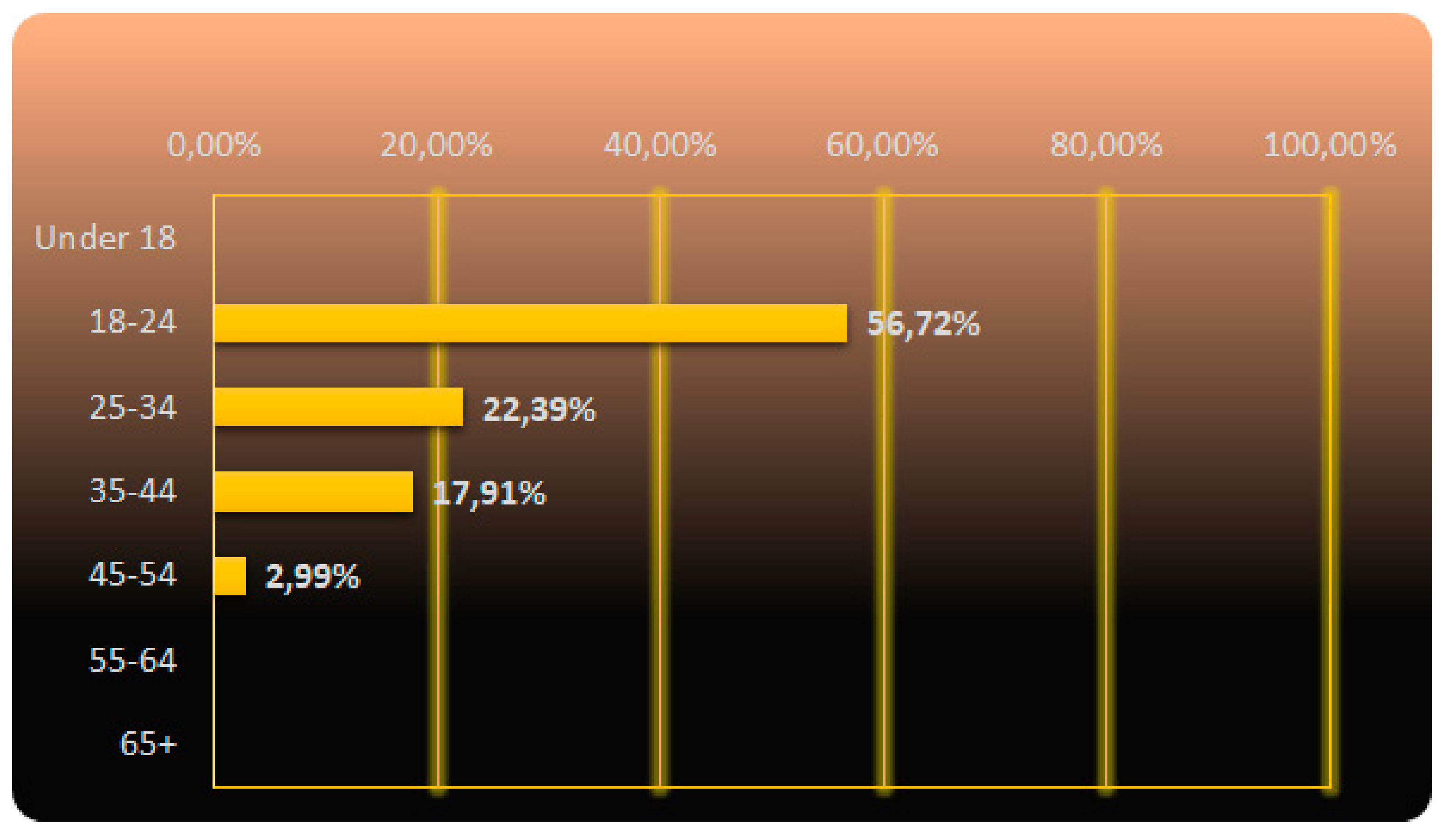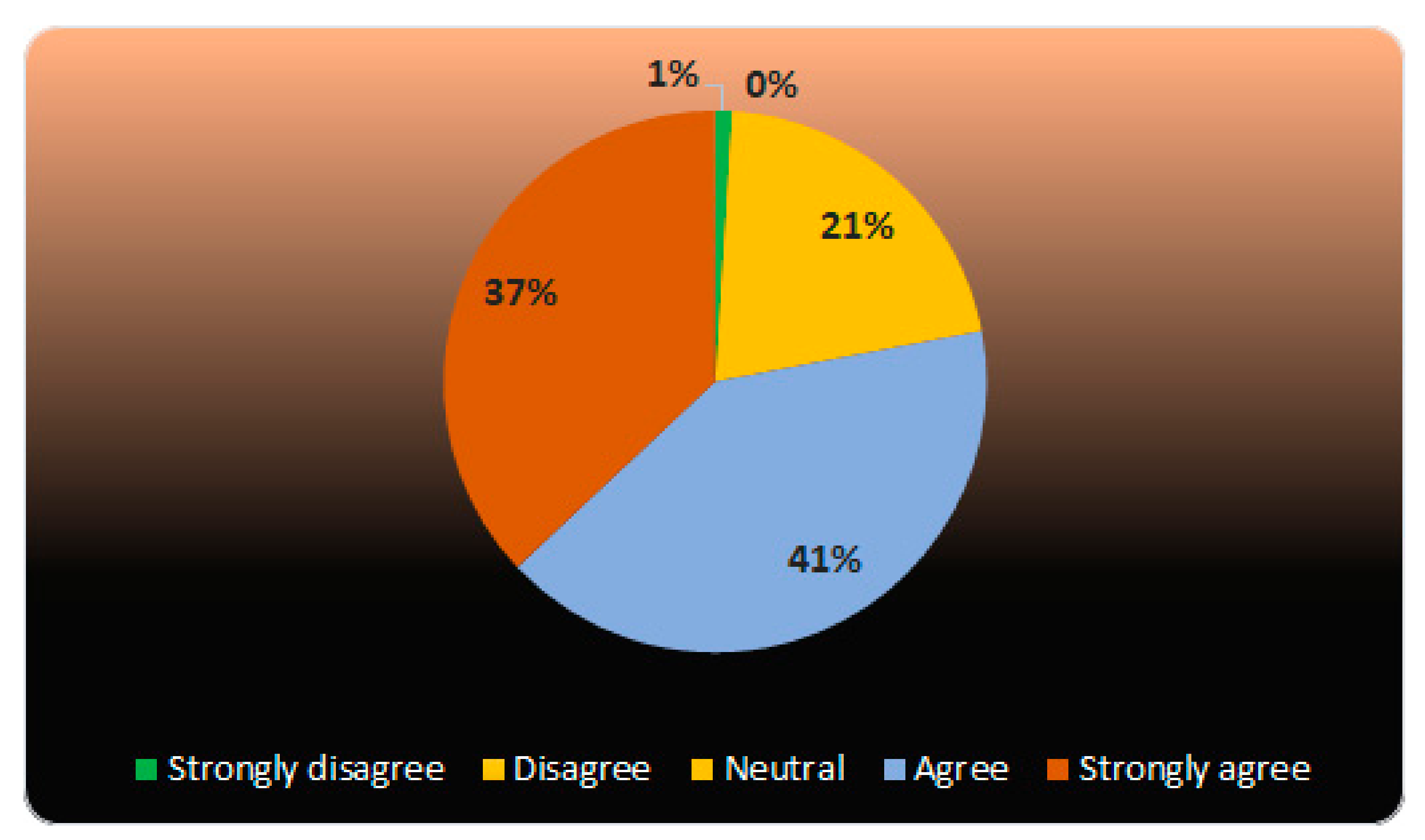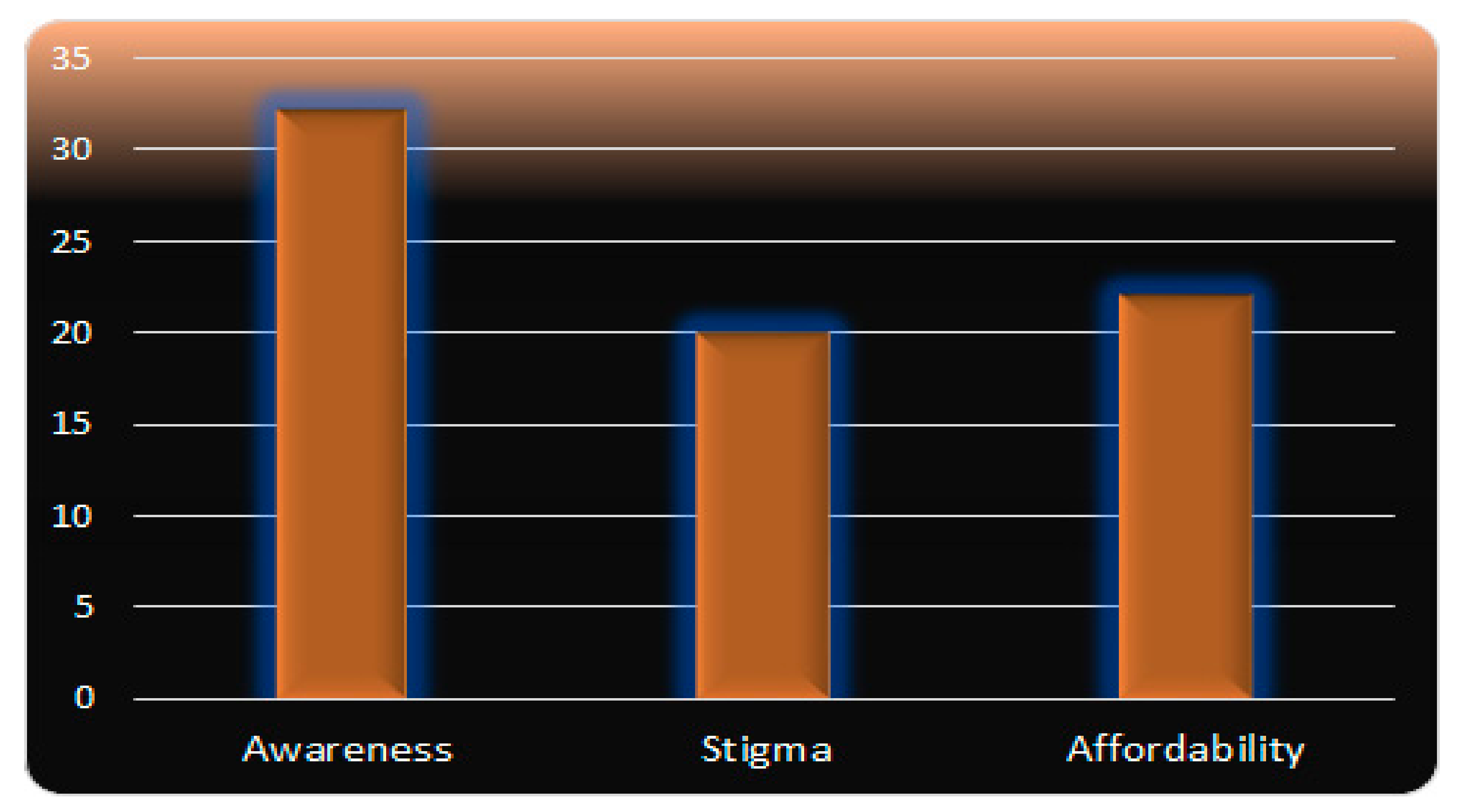Student Perceptions of Higher Education and Apprenticeship Alignment
Abstract
:1. Introduction
1.1. The Pathway to Middle-Skills
1.2. Middle-Skills Gained Through Work-Based Learning (WBL)
1.3. Defining Apprenticeships
1.4. Research-Based Evidence About Apprenticeships
1.5. Defining CTE
1.6. Drawbacks of Apprenticeship–The Case for Higher Ed Alignment
2. Materials and Methods
2.1. Methodology
2.2. Research Design
3. Results
3.1. Demographic Characteristics of Respondents
3.2. Summary of Results
4. Discussion
5. Qualitative Findings
- improved awareness and involvement;
- remove stigmatization of post-secondary options; and
- affordable education.
6. Theme 1: Improved Awareness and Involvement
7. Theme 2: Remove the Stigma
8. Theme 3: Affordability
9. Early Exposure
10. Limitations of the Study
Funding
Conflicts of Interest
References
- Domina, T.; Conley, A.; Farkas, G. The Link between Educational Expectations and Effort in the College-for-all Era. Sociol. Educ. 2011, 84, 93–112. [Google Scholar] [CrossRef]
- Symonds, W.; Schwartz, R.; Ferguson, R. Pathways to Prosperity: Meeting the Challenge of Preparing Young Americans for the 21st Century; Harvard University Graduate School of Education: Cambridge, MA, USA, 2011. [Google Scholar]
- Carnevale, A.P.; Cheah, B. Five Rules of the College and Career Game; Georgetown University Center on Education and the Workforce; Washington, DC, USA, 2018. Available online: https://cew.georgetown.edu/cew-reports/5rules/ (accessed on 5 February 2019).
- Carter, J. Maybe College Isn’t for Everyone. 2011. Available online: https://www. firstthings.com/blogs/firstthoughts/2011/02/maybe-college-isnt-for-everyone (accessed on 21 January 2019).
- Shapiro, D.; Dundar, A.; Huie, F.; Wakhungu, P.K.; Yuan, X.; Nathan, A.; Bhimdiwali, A. Completing College: A National View of Student Completion Rates—Fall 2012 Cohort; National Student Clearinghouse: Herndon, VA, USA, 2018. [Google Scholar]
- Carnevale, D.A.; Tor, D. Credentials and Competencies: Demonstrating the Economic Value of Postsecondary Education; Georgetown University Center on Education and the Workforce: Washington, DC, USA, 2016; Available online: https://cew.georgetown.edu/wp-content/uploads/Parchment-Credentials-Competencies-Issue-Brief.pdf (accessed on 5 February 2019).
- Carnevale, A.P.; Jayasundera, T.; Gulish, A. America’s Divided Recovery: College Haves and Have-Nots; Georgetown University Center on Education and the Workforce: Washington, DC, USA, 2016. [Google Scholar]
- National Skills Coalition. United States Middle Skill Jobs. 2017. Available online: https://www.nationalskillscoalition.org/resources/publications/2017-middle-skills-fact-sheets/file/United-States-MiddleSkills.pdf (accessed on 2 December 2018).
- Holzer, H.J.; Lerman, R.I. The Future of Middle-Skill Jobs; Brookings, Center on Children and Families: Washington, DC, USA, 2009; Volume 41. [Google Scholar]
- Holzer, H. Higher Education and Workforce Policy: Creating More Skilled Workers (and Jobs for Them to Fill); Brookings Institution: Washington, DC, USA, 2015. [Google Scholar]
- Carnevale, A.P.; Cheah, B.; Ridley, N.; Strohl, J. Good jobs that pay without a BA. 2018. Available online: https://repository.library.georgetown.edu/handle/10822/1047863 (accessed on 9 June 2018).
- Holzer, H.J.; Lerman, R.I. Work-based learning to expand opportunities for youth. Challenge 2014, 57, 18–31. [Google Scholar] [CrossRef]
- Rodriguez, J.; Fox, H.; McCambly, H. Work-Based Learning as a Pathway to Postsecondary and Career Success. Insights on Equity and Outcomes; Office of Community College Research and Leadership: Champaign, IL, USA, 2016. [Google Scholar]
- Benson, A.D.; Johnson, S.D.; Duncan, J.; Shinkareva, O.N.; Taylor, G.D.; Treat, T. Community college participation in distance learning for career and technical education. Community Coll. J. Res. Pract. 2008, 32, 665–687. [Google Scholar] [CrossRef]
- Fuller, J.B.; Sigelman, M. Room to Grow: Identifying New Frontiers for Apprenticeships; Burning Glass Technologies and Harvard Business School: Boston, MA, USA, 2017. [Google Scholar]
- Wyman, N. How apprenticeships build and sustain skills-based careers (Innovations case narrative: The Institute for Workplace Skills and Innovation). Innov. Technol. Gov. Glob. 2014, 9, 113–123. [Google Scholar] [CrossRef]
- Pack, A. Apprenticeships, Skilled Trades and Small-Business Creation. In Bridges; Federal Reserve Bank of St. Louis: St. Louis, MO, USA, 2017. [Google Scholar]
- Craig, R.; Bewick, T. Making Apprenticeships Work—Inside Higher Ed. 2017. Available online: https://www.insidehighered.com/sites/default/server_files/media/MakingApprenticeships Work—UV Whitepaper.pdf (accessed on 9 December 2018).
- Loudenback, J. Updated Perkins Act Places Greater Emphasis on Work-Based Learning. 2018. Available online: https://chronicleofsocialchange.org/child-welfare-2/updated-perkins-act-places- greater-emphasis-on-work-based-learning/31907 (accessed on 2 December 2018).
- Collins, B. Apprenticeship in the United States: Frequently Asked Questions; CRS Report R44174; Congressional Research Service: Washington, DC, USA, 2016. [Google Scholar]
- Rosen, R.; Visher, M.; Beal, K. Career and Technical Education. 2018. Available online: https://www.mdrc.org/sites/default/files/CTE Paper-Final.pdf (accessed on 9 December 2018).
- Bathmaker, A. Post-secondary education and training, new vocational and hybrid pathways and questions of equity, inequality and social mobility: introduction to the special issue. J. Vocat. Educ. Train. 2017, 69, 1–9. [Google Scholar] [CrossRef]
- Modestino, A.S.; Shoag, D.; Ballance, J. Upskilling: Do employers demand greater skill when skilled workers are plentiful? SSRN Electron. J. 2015. [Google Scholar] [CrossRef]
- OECD Skills beyond School: Synthesis Report, OECD Reviews of Vocational Education and Training; OECD Publishing: Paris, France, 2014.
- Hanushek, E.A.; Schwerdt, G.; Woessmann, L.; Zhang, L. General education, vocational education, and labor-market outcomes over the lifecycle. J. Hum. Resour. 2017, 52, 48–87. [Google Scholar] [CrossRef]
- Reed, D.; Liu, A.Y.H.; Kleinman, R.; Mastri, A.; Reed, D.; Sattar, S.; Ziegler, J. An Effectiveness Assessment and Cost-Benefit Analysis of Registered Apprenticeship in 10 States; No. 1b5795d01e8a42239b3c98dcc1e1161a; Mathemathica Policy Research: Oakland, CA, USA, 2012; Available online: https://ideas.repec.org/p/mpr/mprres/1b5795d01e8a42239b3c98dcc1e1161a.html (accessed on 15 May 2018).
- Kuehn, D.; Jones, D.A. Sub-Baccalaureate STEM Education and Apprenticeship. Urban Institute. 2018. Available online: https://www.urban.org/sites/default/files/publication/98416/ sub-baccalaureate_stem_education_and_apprenticeship.pdf (accessed on 9 December 2018).
- Threeton, M.D. The Carl D. Perkins Career and Technical Education (CTE) Act of 2006 and the Roles and Responsibilities of CTE Teachers and Faculty Members. J. Ind. Teach. Educ. 2007, 44, 66–82. [Google Scholar]
- Brush, K. The History of Vocational Education from the 1900s to Today. 2018. Available online: http://blog.studentcaffe.com/vocational-education-1900s-today/ (accessed on 12 November 2018).
- Holzer, H.J. Building a new middle class in the knowledge economy. Psychosociol. Issues Hum. Resour. Manag. 2017, 5, 96–126. [Google Scholar]
- Snell, A.; Voss, J.; Kline, J. New America and Lake Research Partners Survey. Attitudes towards Apprenticeship Programs. 2017. Available online: https://na-production.s3.amazonaws.com/documents/ report.New_America.omnibus.F.2017.08.17.pdf (accessed on 18 January 2019).
- Parton, B. Youth Apprenticeship in America Today: Connecting High School Students to Apprenticeship. Available online: https://na-production.s3.amazonaws. com/documents/YouthApprenticeship-Today.pdf (accessed on 18 October 2018).
- Carnevale, A.P.; Strohl, J.; Ridley, N.; Gulish, A. Three Educational Pathways to Good Jobs: High School, Middle Skills, and Bachelor’s Degree. Georgetown University Center on Education and the Workforce. 2018. Available online: https://cew.georgetown.edu/cew-reports/3pathways/ (accessed on 2 February 2019).
- McCarthy, M.; Palmer, I.; Prebil, M. Eight Recommendations for Connecting Apprenticeship and Higher Education; New America Foundation: Washington, DC, USA, 2017. [Google Scholar]
- Babbie, E. The Practice of Social Research, 8th ed.; Wadsworth Publishing Company: Belmont, CA, USA, 1998. [Google Scholar]
- Vogt, W.P. Dictionary of Statistics and Methodology: A Nontechnical Guide; SAGE Publications: Newbury Park, CA, USA, 1999. [Google Scholar]
- Fan, W.; Yan, Z. Factors Affecting Response Rates of the Web Survey: A Systematic Review. Comput. Hum. Behav. 2010, 26, 132–139. [Google Scholar] [CrossRef]
- Spokane, A.R. Career Intervention; Prentice-Hall: Englewood Cliffs, NJ, USA, 1991. [Google Scholar]
- Metheny, J.; McWhirter, E.H.; O’Neil, M.E. Measuring perceived teacher support and its influence on adolescent career development. J. Career Assess. 2008, 16, 218–237. [Google Scholar] [CrossRef]
- Perry, J.C.; Liu, X.; Pabian, Y. School engagement as a mediator of academic performance among urban youth: The role of career preparation, parental career support, and teacher support. Couns. Psychol. 2010, 38, 269–295. [Google Scholar] [CrossRef]
- Cowell, R.; Robinson, M. Career and Technical Education Project the Education Policy and Leadership Center; Educational Policy and Leadership: Camp Hill, PA, USA, 2016. [Google Scholar]
- Friedman, Z. Student Loan Debt Statistics in 2018: A $1.5 Trillion Crisis; Forbes: New York, NY, USA, 2018. [Google Scholar]
- McGivern, A.J. From Career Counseling to Career Choice: Redefining the Counselor Role in Helping Students Navigate the Appropriate Post Secondary Education (Order No. 10904841). 2018. Available online: https://reddog.rmu.edu/login?url=https://reddog.rmu.edu:3479/docview/2073820003? accountid=28365 (accessed on 22 February 2019).
- Boudreau, K.; Marx, M. Early Work Experience and Developing STEM & Engineering Talent: Evidence from Randomized Assignment to experiential education. SSRN Electron. J. 2018. [Google Scholar] [CrossRef]



| Perceptions of Apprenticeship | Mean | St. Dev. |
|---|---|---|
| 1. Throughout high school, all of my career options including work, military, college, apprenticeship, and technical education were presented to me without stigmatization or bias from my parents and high school educators. | 3.15 | 1.31 |
| 2. The ability to transfer my credits and earned competencies is an important factor when considering an apprenticeship. | 3.96 | 0.85 |
| 3. Upon graduating high school, I would have been interested in managing a full-time job and college classes in my desired field of study. | 3.46 | 1.20 |
| 4. Upon graduating high school, I would have been prepared to make a 3–5-year commitment to an employer by entering into an apprenticeship agreement. | 3.13 | 1.10 |
| 5. Being able to earn a degree, tuition-free, from an accredited institution is an important factor when considering whether or not to pursue apprenticeship. | 4.09 | 0.81 |
| 6. The ability to transfer from one employer to another or have the ability to terminate my apprenticeship is important factor when considering whether or not to pursue apprenticeship. | 3.72 | 0.83 |
| 7. I would prefer to have my education and the on-the-job training occur separately during the apprenticeship. | 3.13 | 0.91 |
| 8. I would prefer to have apprenticeship completion be measured by my skills and abilities(competencies) rather than be solely based on the amount of time logged. | 3.96 | 0.74 |
© 2019 by the author. Licensee MDPI, Basel, Switzerland. This article is an open access article distributed under the terms and conditions of the Creative Commons Attribution (CC BY) license (http://creativecommons.org/licenses/by/4.0/).
Share and Cite
Decker, D. Student Perceptions of Higher Education and Apprenticeship Alignment. Educ. Sci. 2019, 9, 86. https://doi.org/10.3390/educsci9020086
Decker D. Student Perceptions of Higher Education and Apprenticeship Alignment. Education Sciences. 2019; 9(2):86. https://doi.org/10.3390/educsci9020086
Chicago/Turabian StyleDecker, Douglas. 2019. "Student Perceptions of Higher Education and Apprenticeship Alignment" Education Sciences 9, no. 2: 86. https://doi.org/10.3390/educsci9020086
APA StyleDecker, D. (2019). Student Perceptions of Higher Education and Apprenticeship Alignment. Education Sciences, 9(2), 86. https://doi.org/10.3390/educsci9020086




